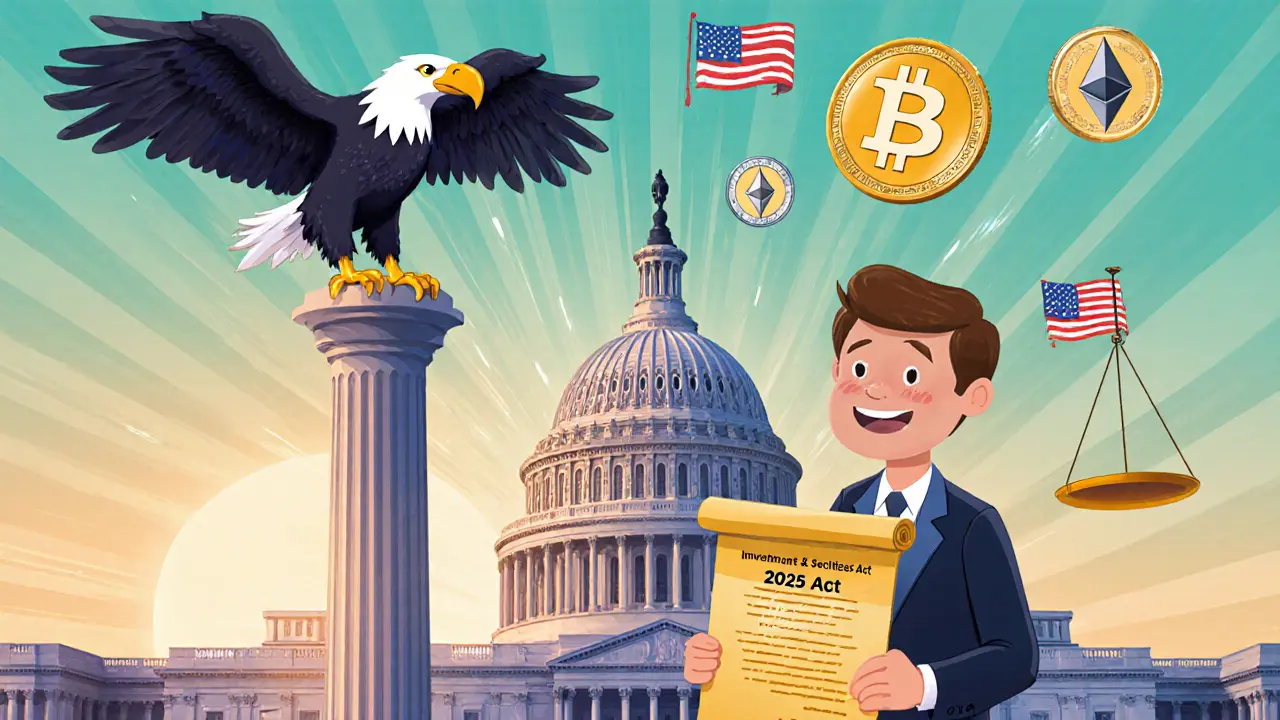Stablecoins: A Practical Guide
When dealing with stablecoins, cryptocurrency tokens pegged to a stable asset such as the US dollar, euro, or gold. Also known as digital fiat, they aim to combine crypto’s speed with traditional money’s price stability, you quickly run into three core ideas. First, stablecoins provide price stability in volatile crypto markets (stablecoins → price stability). Second, they require collateral or algorithmic mechanisms to keep the peg (stablecoins → collateral). Third, regulatory frameworks influence how they can be issued and used (stablecoins → regulation). These connections shape everything from everyday payments to complex DeFi strategies.
There are two main families you’ll hear about. USDC, a fiat‑backed stablecoin issued by Circle and Coinbase, is praised for transparency and regular audits. Its alternate name is USD Coin. On the other side sits Tether (USDT), the world’s biggest stablecoin by market cap, which uses a mix of cash reserves and other assets to claim a 1:1 dollar peg. A third, more experimental category is algorithmic stablecoins, which rely on smart‑contract‑based supply adjustments rather than locked‑in collateral. Because they don’t hold traditional reserves, they can be more volatile, but they also open doors to fully decentralized finance. All three types intersect with crypto regulation, laws that govern how digital assets are created, traded, and reported. In the U.S., the SEC and FinCEN are tightening oversight, while the EU’s MiCA framework sets new rules for issuers. Understanding these rules helps you gauge risk and choose the right stablecoin for your needs.
Why Stablecoins Matter Today
Stablecoins act as the bridge between traditional finance and the crypto world. Exchanges list them as trading pairs because they let users move in and out of volatile assets without leaving the platform (exchanges → stablecoins). DeFi protocols use them as collateral for loans, liquidity pools, and yield farming, turning what would be a risky exposure into a predictable asset (DeFi → stablecoins). For everyday users, a stablecoin wallet can replace a bank account for cross‑border payments, offering near‑instant settlement and lower fees. At the same time, investors keep an eye on regulatory news, as a new rule can shift market confidence overnight. Below you’ll find a curated collection of articles that dive into specific tokens, airdrop alerts, exchange reviews, and policy updates — all of which intersect with stablecoins in one way or another. Explore the list to see how each piece fits into the broader stablecoin ecosystem.
How the Investment and Securities Act 2025 Shapes Crypto Trading
The Investment and Securities Act 2025 introduces a clear three‑tier crypto classification, reshaping trading, custody and compliance for digital assets. Learn how the GENIUS and CLARITY Acts impact brokers, advisers and institutional investors.
read more

